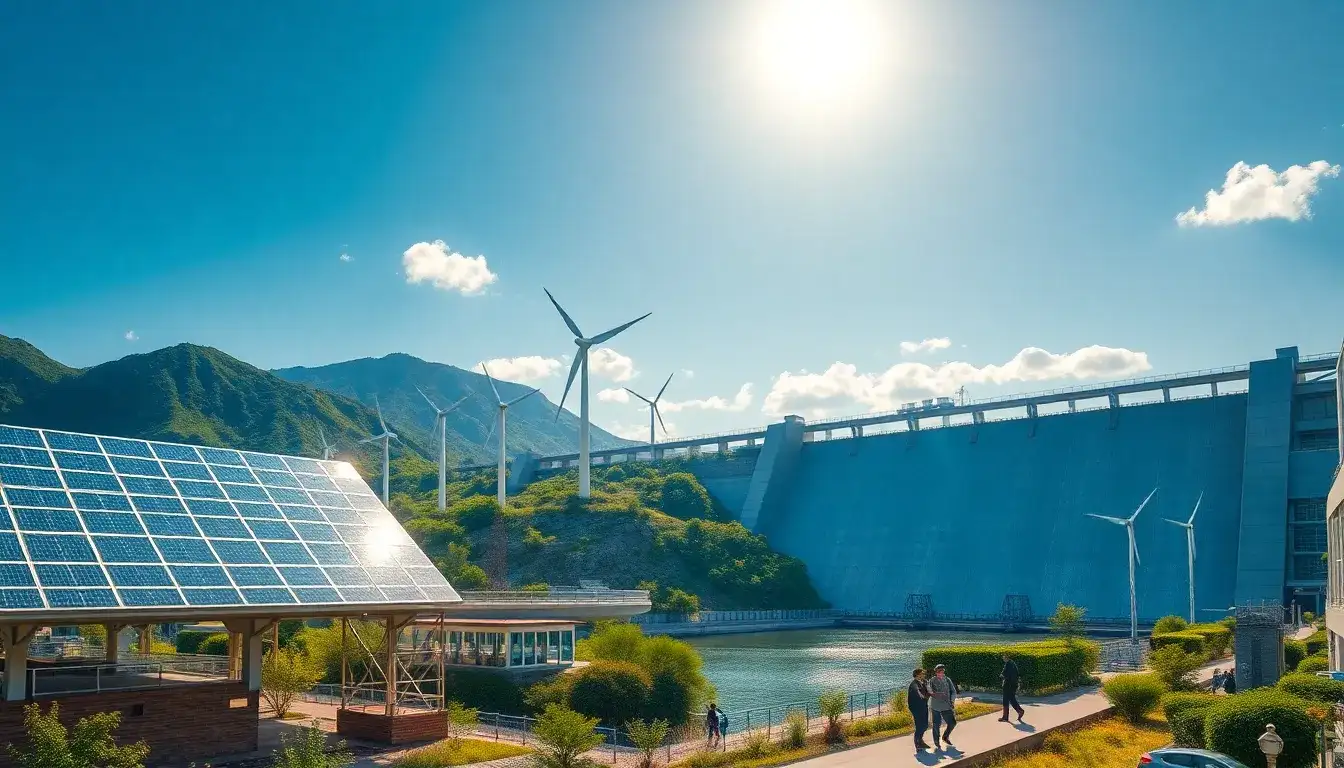
The China Energy Storage report reveals significant developments in the energy storage sector as of April 5, 2025. This document outlines key initiatives and policy directions aimed at advancing green energy and reducing carbon emissions in China.
As of February 2025, the National Energy Administration announced plans to establish 4,054 new energy storage projects across the country. These projects are part of a larger strategy to enhance energy storage capabilities, with a focus on building a robust market structure.
In various regions, such as the Yangtze River Delta, authorities are implementing specific regulations to support the development of high-quality energy storage facilities. Efforts are being made to promote the integration of renewable energy sources, including wind and solar power, into the energy storage system.
China’s energy storage capacity is projected to reach 89 GW by 2024, with significant contributions from pumped hydro storage (PHS) and other technologies. The overall energy storage capacity is expected to be around 53 TWh, making it a crucial component of China’s energy infrastructure.
Internationally, companies like LG Energy Solution are engaging in substantial investments, with commitments of $20 billion to enhance battery manufacturing and energy storage technologies. This move is aimed at boosting production capacity and meeting the growing demand for electric vehicle batteries.
In Europe, energy storage capacity is forecasted to reach 89 GW by 2024. The region is actively pursuing new projects to ensure that energy storage systems can adequately support the transition towards a more sustainable energy landscape.
In addition, multiple energy storage projects across China are expected to go online soon, showcasing advancements in technology and operational efficiency. The focus remains on developing systems that can effectively store and distribute energy, particularly in the context of integrating renewable resources.
As part of the effort to enhance energy storage technology, the government has prioritized the development of standards and regulations that ensure the safety and efficiency of energy storage systems. These standards are essential for facilitating growth in the sector and attracting investments.
The report indicates a proactive approach towards energy storage solutions, with the aim of establishing a comprehensive framework that supports both the energy market and energy users. This includes incentives for private enterprises to invest in energy storage technologies.
In summary, China’s commitment to enhancing its energy storage capacity is evident through various initiatives and projects aimed at fostering sustainable practices in the energy sector. The focus on green energy solutions reflects a broader strategy to tackle climate change and promote energy efficiency.







